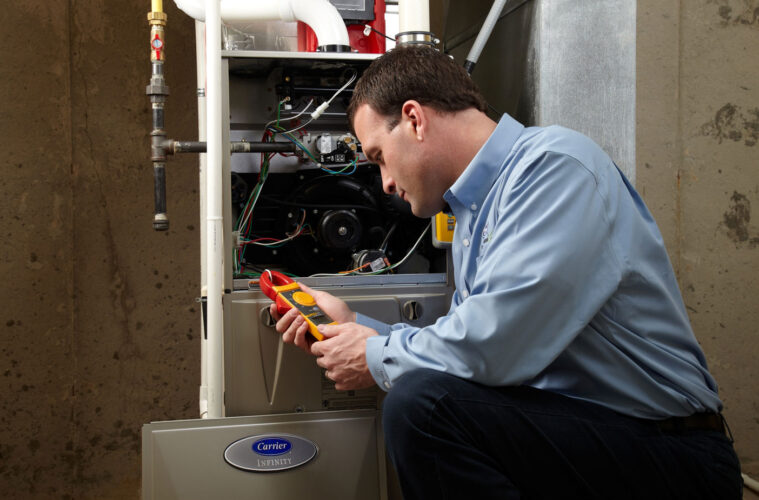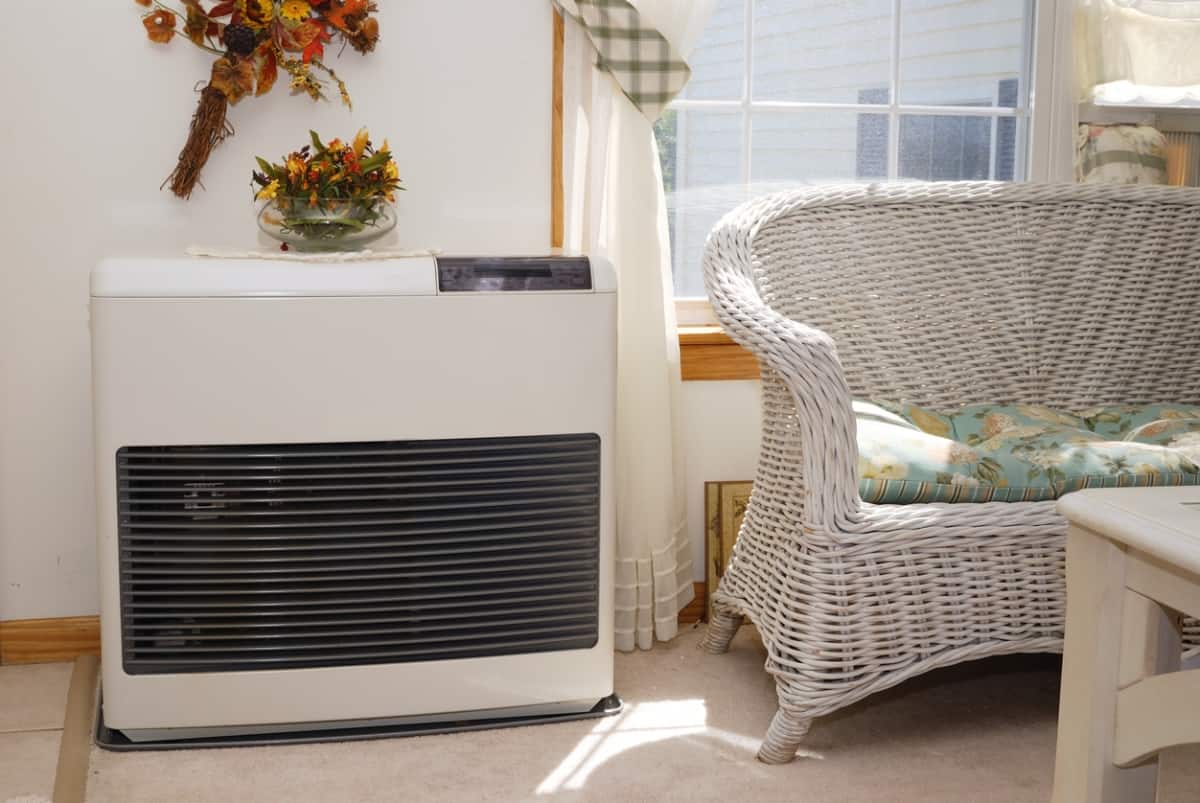The size of your home and the length of time you live in it will determine how often you need to have your furnace serviced. For instance, if you have a small home with only one occupant who spends little time there, then once a year should be enough for maintenance. However, if you have a larger home with multiple occupants who spend extended amounts of time there each year, then you might have to call a professionals at Rapid HVAC TN that can provide service in fixing your furnace and can also consider your budget. Repairs needed to depend on the model of the furnace and can also be specific to certain age ranges. With that being said, here are some of the most common maintenance tasks that a gas furnace needs throughout its lifetime:
Check and change the filter regularly
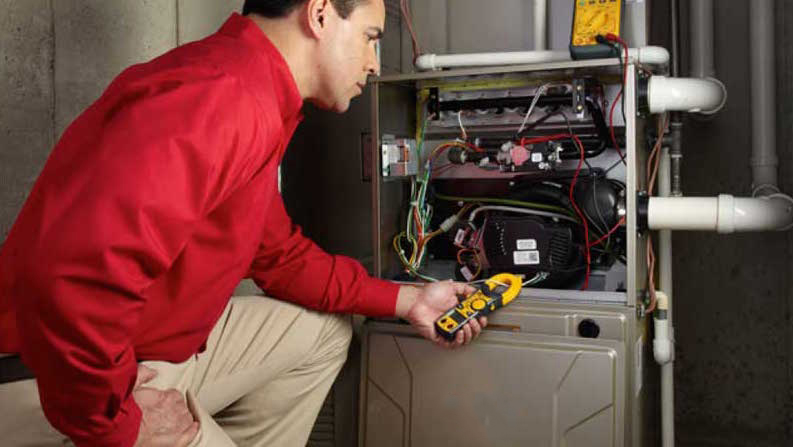
source: pinterest.com
It may sound simple, but the filter is one of the first items you should check. You should do this each year, or even more often in a house with a particularly large family or lots of pets. As filters get clogged up, they become less effective and may even need to be replaced sooner. A furnace with a less effective filter can cause higher energy bills and pose a risk of carbon monoxide poisoning. Additionally, a buildup of dust can cause the motor to burn out more quickly. Cleaning or replacing the filter will help keep your furnace running in top shape and protect against allergens and dangerous gases from being released into your home.
Check for gas leaks
As a matter of standard procedure, you should conduct a leak check each time you service your furnace or when something goes wrong. There are a few common places where gas leaks can occur. The first of which is the furnace’s burner assembly. A leak in the burner assembly can be caused by a faulty or damaged pilot light and/or thermocouple. If the pilot light is damaged, it can prevent the gas from shutting off when the thermostat calls for the burner to turn off. If the thermocouple is damaged, it can cause the gas to over-pressurize, which can then lead to leaks in the system. Another common place for gas leaks to occur is at the connections of the gas line coming into the furnace as well as the connections coming out of the furnace and traveling through the pipes and into the rest of the house.
There are a few things you can do to check for gas leaks. First, shut off the gas to the furnace. Next, use a soapy water solution to look for bubbles in the connections of the gas line coming into the furnace, as well as the connections coming out of the furnace and traveling to the rest of the house.
Clean the burner and furnace
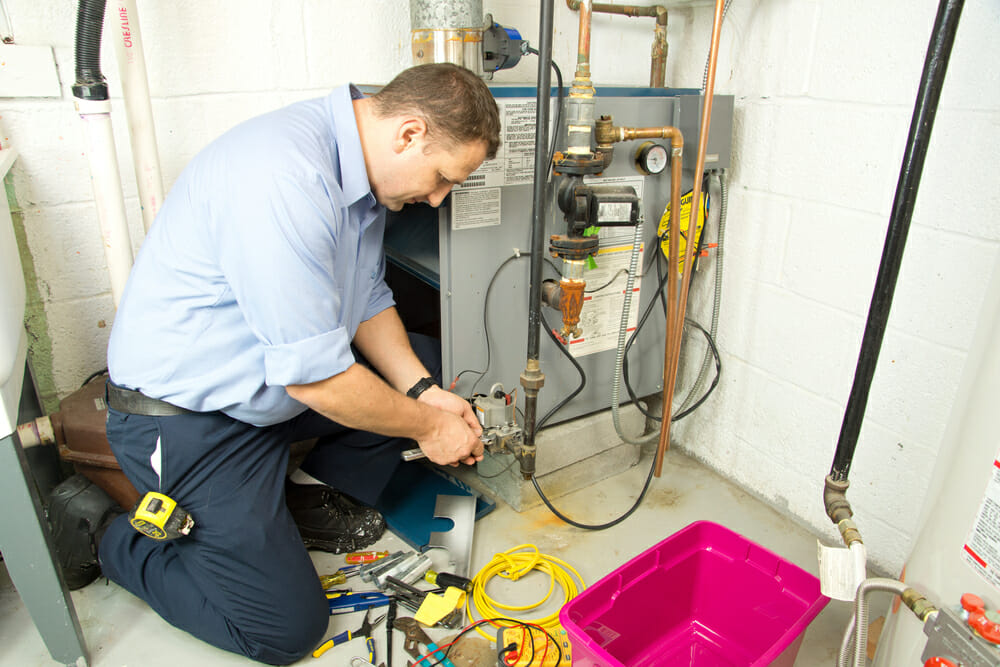
source: pinterest.com
This task is an annual one and is really a part of the general maintenance that your furnace needs. A cleaner furnace will last longer and be less likely to break down or experience issues. Clean the burner by removing it, cleaning it with a wire brush, and then replacing it. You can clean the rest of the furnace with a vacuum, a shop vacuum, or a long-handled crevice tool. Additionally, clean the furnace’s heat exchanger by applying a solvent cleaner to a long-handled brush. Be sure to follow all safety precautions, such as wearing gloves and eye protection.
Check the thermostat.
All manufacturers recommend that you check the thermostat once a year. If the thermostat breaks down, it can lead to furnace failure and potential house damage. It is important to check the thermostat for any damage such as rust, incorrect settings, burns, or breaks in the wiring. If damage is present, it is important to replace the thermostat. When replacing the thermostat, make sure to use a thermostat that is compatible with your furnace. If you are unsure what type of thermostat you have, check the manufacturer’s website or call them to ask.
Fan inspection
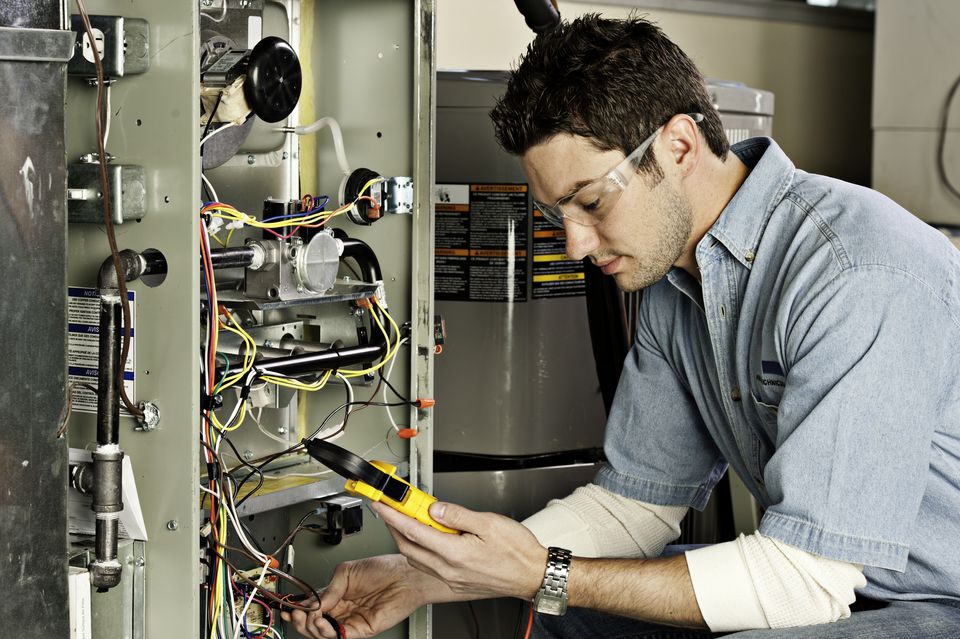
source: pinterest.com
As with any part of your furnace, the fan will need to be cleaned and checked for wear and tear. Dirt and dust will have accumulated over time and may have even caused damage. A damaged fan may cause your furnace to be less efficient, therefore increasing your energy bill. A dirty and damaged fan could also pose a fire risk due to overheating. Having your fan and furnace cleaned and checked can extend the lifespan of your furnace, as well as reduce your energy bill.
Check controls and safeties
While it is important to regularly clean and check the fan and furnace, you should also inspect the controls and sensors of your furnace. Any loose or broken wires or loose connections should be corrected immediately. Additionally, any broken or cracked sensors should be replaced. If your furnace is old or you have had it serviced recently, you may want to check the controls and sensors once a year. Newer furnaces should only be checked once every two or three years.
Test the smoke detector and carbon monoxide detector
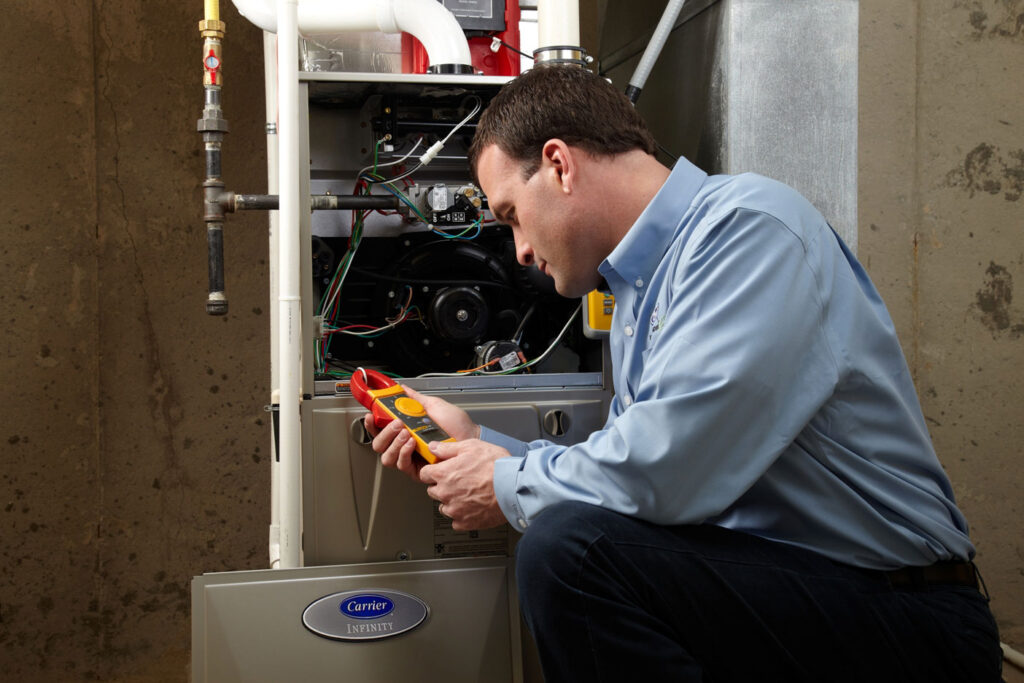
source: pinterest.com
While you are servicing your furnace, it is a good time to test your smoke and carbon monoxide detectors. You may have installed new detectors or batteries, but it is still a good idea to test them regularly. This will ensure that they work properly and help protect you and your family from potential dangers. You can test the detectors by creating a situation that would cause them to go off, such as burning a piece of paper.
Check manifold pressure, flue conditions, and heat exchanger
If your furnace is over 10 years old, you should have it inspected for damage to the manifold pressure. Similarly, you should also have a professional inspect the flue conditions, as well as the heat exchanger. Doing so will help identify any problems with your furnace. This will allow you to maintain your furnace for a longer lifespan, as well as reduce the risk of carbon monoxide poisoning.
Conclusion
The better maintained your furnace is, the longer it will last. Keep in mind that, although the above tasks should be done annually, they may be more often if you live in a region that has harsher weather conditions, if you have a larger home or have family members who stay at home, such as children or elderly parents. It is also important to note that these tasks will vary depending on the type of furnace you have. The best way to handle all these maintenance services is to call your local gas furnace maintenance experts for help.

